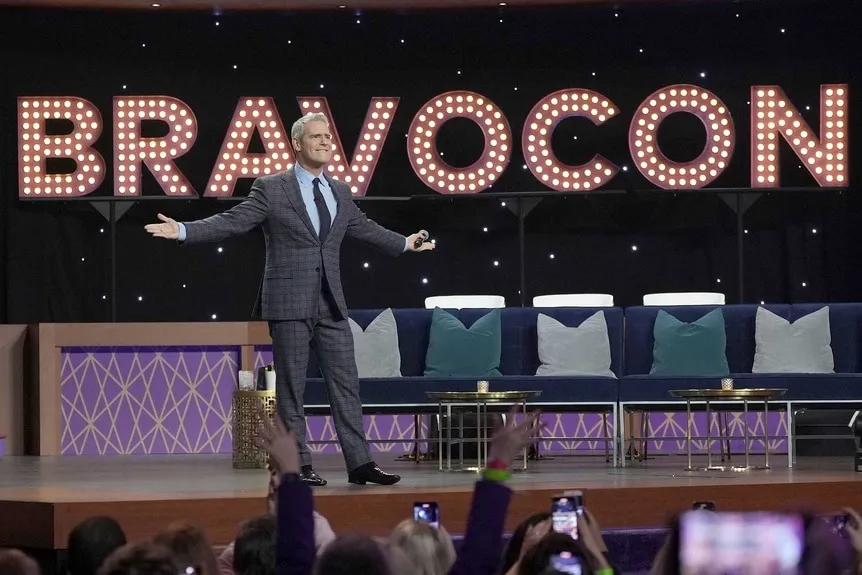In the fast-moving marketing world filled with celebrity endorsements and brand launches, few campaigns ignite as much debate as the recent one featuring actress Sydney Sweeney. While many reacted quickly to the campaign, some with confusion or criticism, marketing expert Mark Ritson challenges the conventional take, urging a deeper look at the strategic nuances often missed in public discourse.

Source: https://www.marketingsociety.com/
Who is Mark Ritson?
Ritson, a former marketing professor, brand consultant, and award-winning columnist, is known for his incisive, no-nonsense analysis of marketing trends and strategies. He is also the founder of the MiniMBA in Marketing, a ten-week training program for senior managers, where he consistently advocates for strategic rigor over superficial tactics. His take on the Sydney Sweeney campaign challenges us to look beyond immediate reactions and delve into the deeper, often overlooked, strategic intentions behind a high-profile brand campaign.

American Eagle
Initial Reactions: Surface-Level Takes and Misunderstandings
Sydney Sweeney’s high-profile involvement naturally sparked widespread attention and varied opinions. The early buzz largely fell into these categories:
- Celebrity Endorsement Assumptions: Many viewed it simply as a move to leverage Sweeney’s current popularity for quick brand recognition.
- Authenticity Questions: Some questioned whether the partnership genuinely aligned with Sweeney’s image or felt forced.
- Negative Perceptions: A campaign can be swiftly branded a ‘misstep’ if initial feedback is mixed or if it provokes controversy.
While these viewpoints reflect consumer sentiments, they often overlook the deeper marketing strategy driving the campaign, a gap Ritson aims to fill.
Ritson’s Insight: The Strategy Beyond the Surface
According to Ritson, many people misunderstood the true objectives behind the Sydney Sweeney marketing effort. His analysis highlights that the campaign likely aimed at very specific goals rather than broad, immediate appeal:
- Target Audience Focus: The campaign might have targeted a niche segment where Sweeney’s appeal and campaign messaging deeply resonate, even if it alienated others. Effective marketing often prioritizes pleasing the right audience, not everyone.
- Brand Positioning Over Sales: Some campaigns focus less on immediate sales spikes and more on reshaping brand identity or entering new market realms. A bold, polarizing campaign can build buzz, define identity, and set the stage for future growth.
- Harnessing Polarization: Controversy can be a calculated tactic. By sparking strong opinions, campaigns like this generate conversations that solidify a brand’s connection with its core audience.
- Long-Term Vision vs. Instant Metrics: In an era obsessed with instant social media reactions, Ritson reminds marketers that some campaigns play the long game, aiming to build sustained brand equity beyond quick wins.
Key Lessons for Marketing Professionals
The discussions around this campaign, framed by Mark Ritson’s perspective, offer valuable takeaways:
- Define clear objectives—whether brand awareness, repositioning, or attitude shifts—before launching.
- Understand your precise target audience and embrace niche marketing.
- Don’t shy away from strategic risks that differentiate your brand.
- Look beyond immediate feedback or surface metrics to assess campaign success.
Ultimately, Ritson’s analysis reminds us that effective marketing is a complex, strategic endeavor. To truly gauge a campaign’s success, one must grasp its original intent and the strategic context behind it.

